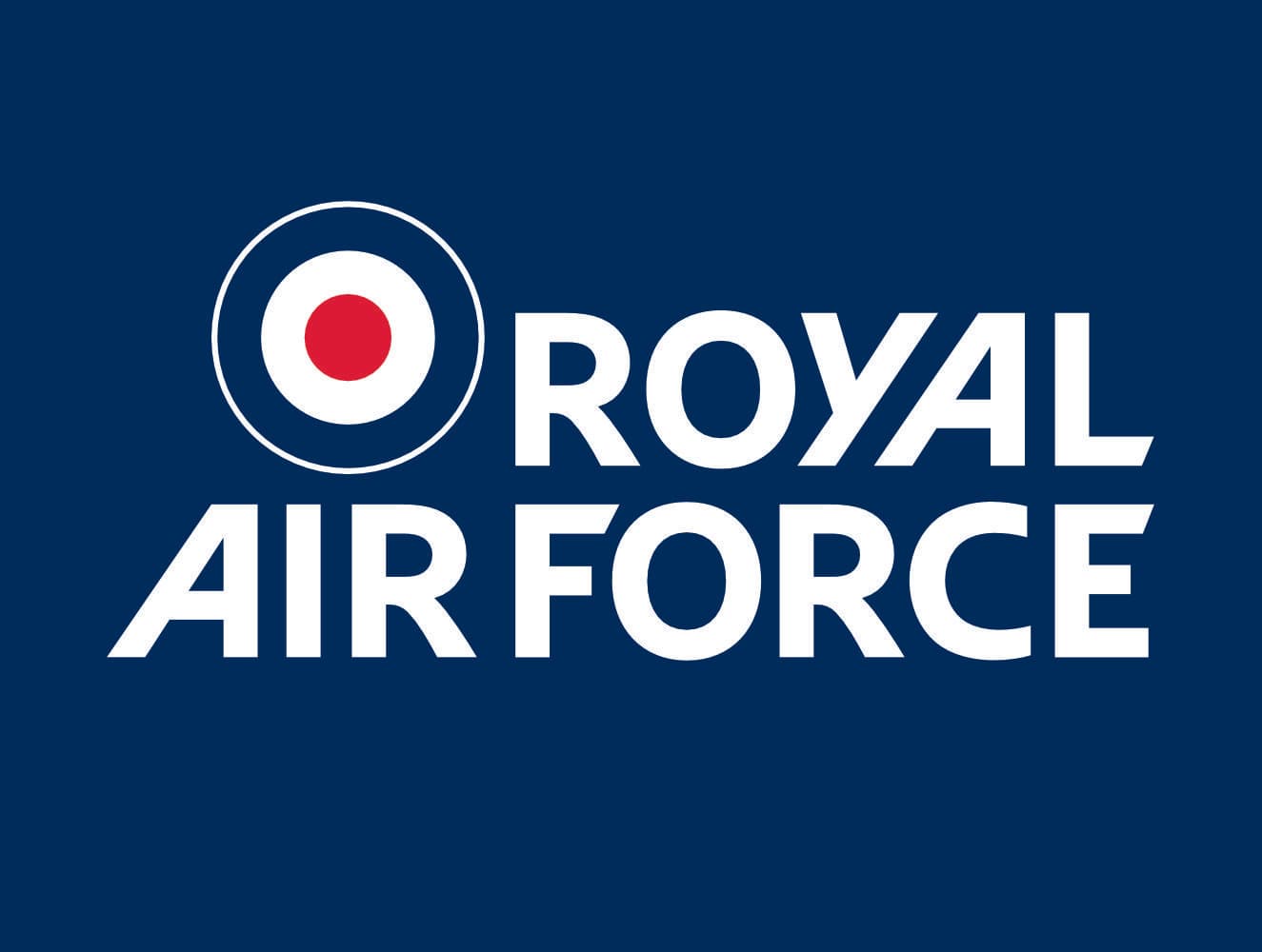Because we are who we are. If we were serious we would buy a MQ-9 fleet and the backbone systems needed off the shelf, stand up the units and start building operational experience while also concurrently working with industry to optimize an MQ-9 for high Arctic and integrate Canadian systems as needed.
Then in 2028 either expand the fleet with the off the shelf MQ-9s deploying overseas as needed leaving the Arctic ones to cover continental defence, or move the older ones into war stock or any number of other options.
Instead for what I am sure is a combination of items; in no particular order, cost, institutional inertia, CAF politics, GoC politics, bureaucratic bias for process over result, unimaginative thinking, personnel shortages, fear of committing to anything that is not 100% guaranteed to be the right decision, we won’t.


